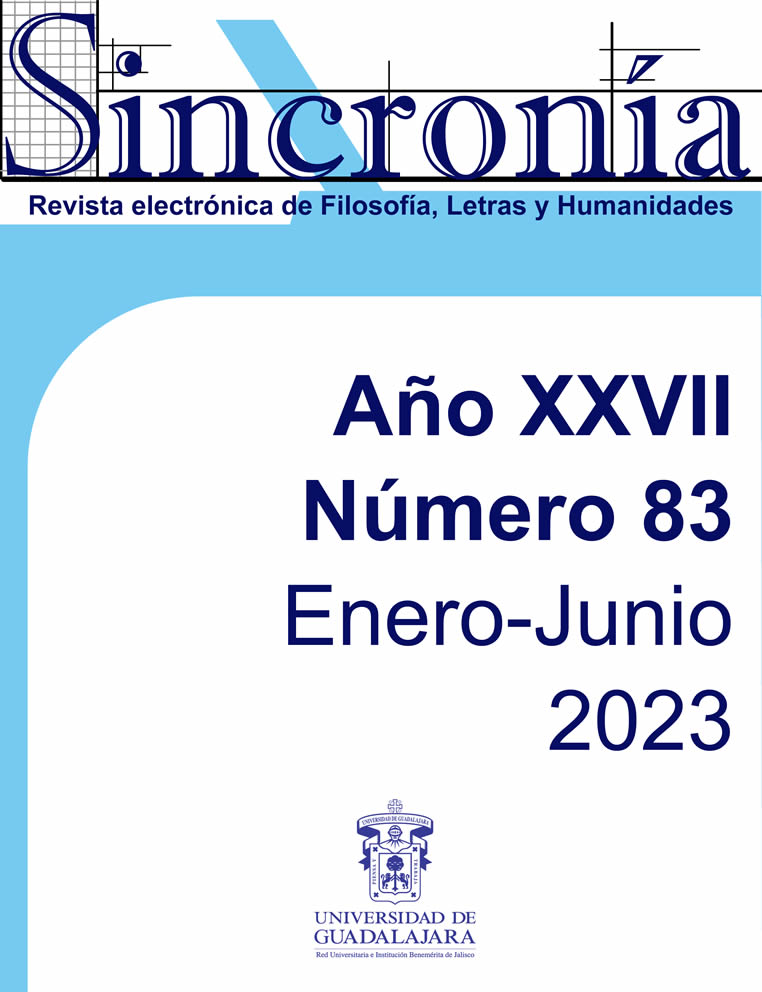A Traveler in the Wilderness: The resignification of race and otherness in the film Get out by Jordan Peele.
Keywords:
Whiteness, Racialization, Representation, Horror CinemaAbstract
From the transdisciplinary position of Visual Studies and Decolonial Studies, an intratextual analysis of the ideological discourse of the film Get Out (2017) by Jordan Peele is presented. Through a reading focused on the intentio operis of the work, which uses the narrative analysis models of Zavala (2014), Žižek (2009) and Yepez (Yepez, 2020), it is proposed that Peele's work appropriates the generic conventions of western horror cinema, to emit an allegory where an inversion of the representation of otherness is made. Throughout this text, it is argued that —within the film— whiteness and the values of American liberal society are the sources of terror and threat for the African-American protagonist. Such resignification of otherness is opposed to the canonical structure of homogeneous cinematography, where the plot presents the main characters entering the threatening world of racialized populations. Such a structure is represented by the film Cannibal Holocaust and literary antecedents such as Conrad's Heart of Darkness (2013). In this sense, it is possible to affirm that historically horror cinema has produced cultural representations where racialized people are shown as dangerous and abject bodies. Peele's aesthetic proposal, which marks a distance from hegemonic discourses, can only be explained from the historical conjuncture and the racial tensions that currently occur in the United States and that have a historical trajectory in social movements around racialization processes in that country.
Downloads
Published
How to Cite
Issue
Section
License
Copyright (c) 2023 Karina Monserrat Acuña, Romano Ponce Díaz, Iván Ávila González

This work is licensed under a Creative Commons Attribution-NonCommercial 4.0 International License.
You are free to:
- Share — copy and redistribute the material in any medium or format
- Adapt — remix, transform, and build upon the material
- The licensor cannot revoke these freedoms as long as you follow the license terms.
Under the following terms:
- Attribution — You must give appropriate credit , provide a link to the license, and indicate if changes were made . You may do so in any reasonable manner, but not in any way that suggests the licensor endorses you or your use.
- NonCommercial — You may not use the material for commercial purposes .
- No additional restrictions — You may not apply legal terms or technological measures that legally restrict others from doing anything the license permits.




























